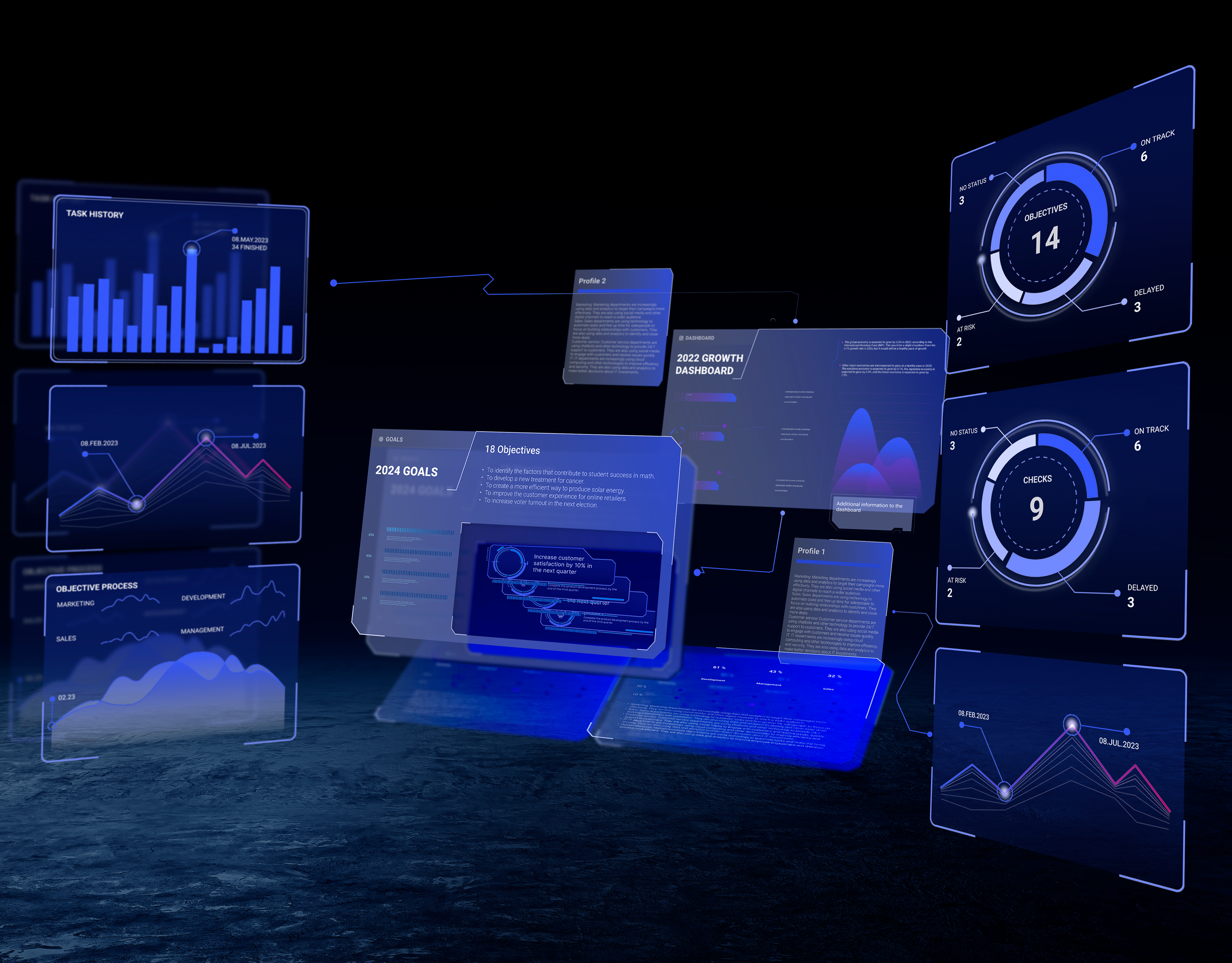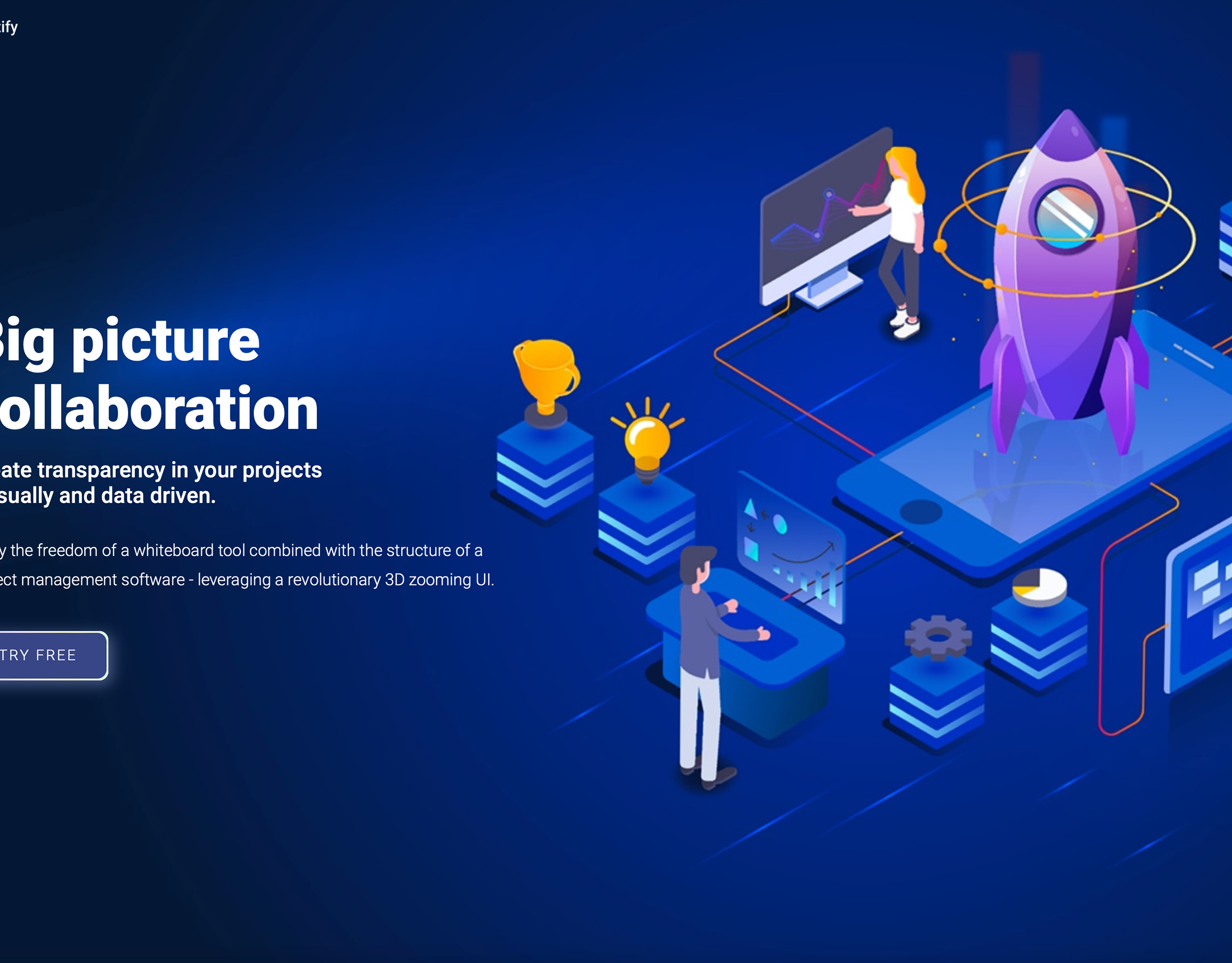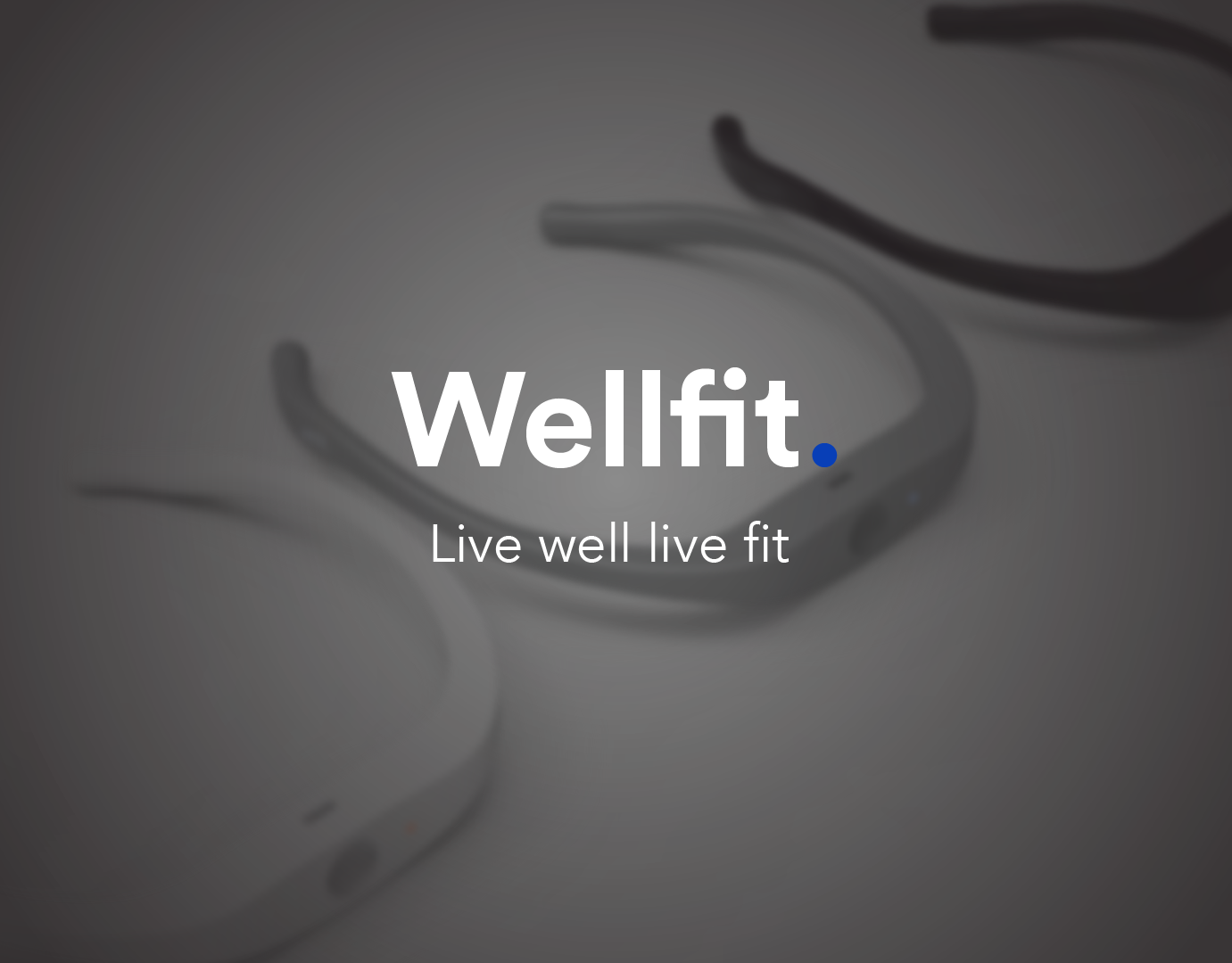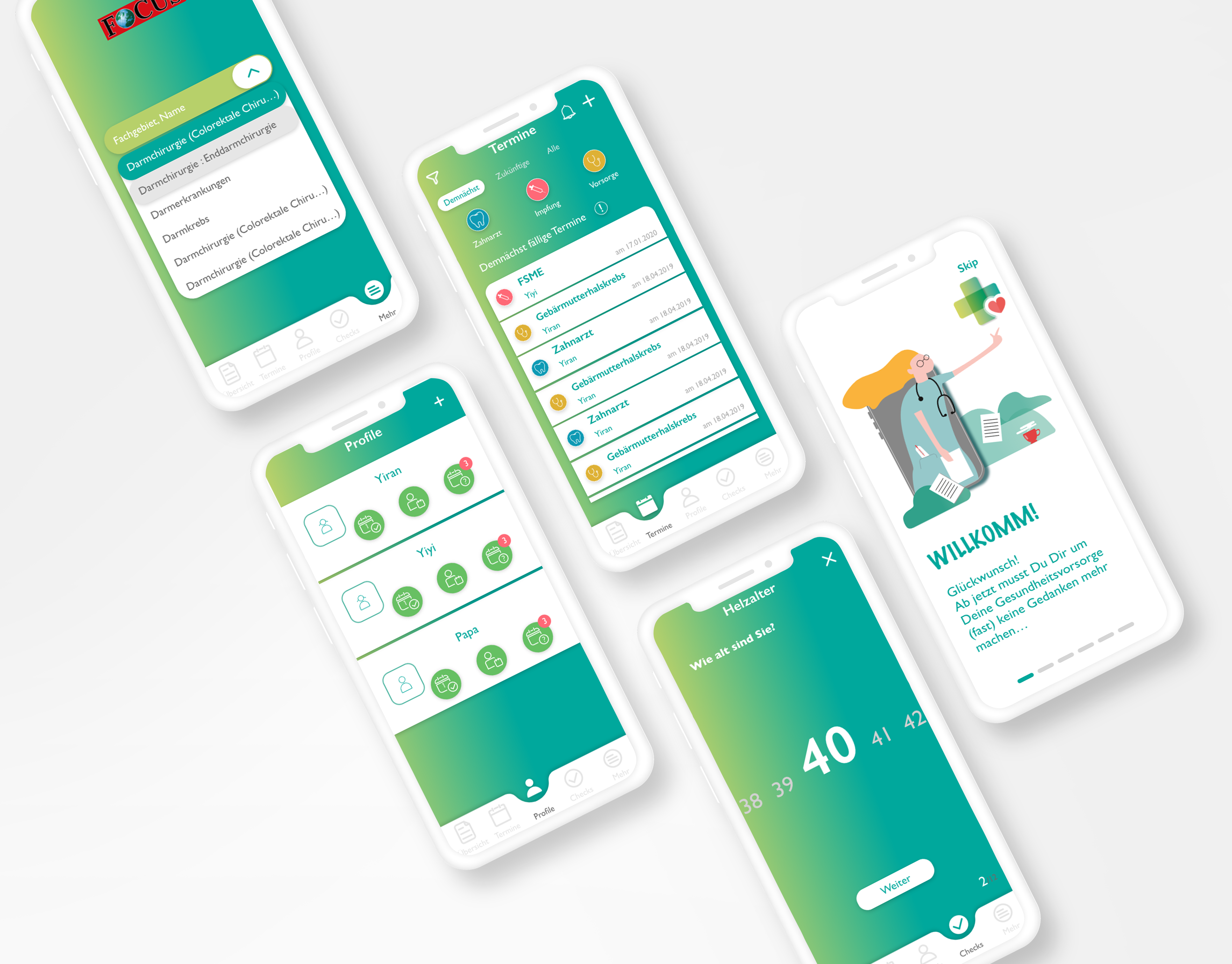Jun. 2024 - present User Experience Designer
B2C & B2B App / designed by tado°
What is my Role in tado°?
I worked as the UX designer in the Installation team, collaborating closely with the Product Manager and Engineers. I was primarily responsible for designing the installation flows for all tado° products. In addition to the installation experience within the tado° B2C app, I also focused on the tado° Professional app, aiming to improve the overall experience for installers.
Following a company restructuring, my responsibilities expanded to include the tado° Heating app. I took over areas related to the core user experience for thermostat users—such as adjusting temperatures, geofencing settings, and more. I then collaborated with another designer to enhance the app experience together.
My focus areas
Opportunity definition
User research
User interviews
Wireframes
UI designs
User tests
Contributing to the design system
Opportunity Definition
In our team, we used an Effort–Impact matrix to map out opportunities and prioritized the ones with the highest potential impact. I had the opportunity to lead several of these explorations—defining the problem space, desired outcomes, experiment methods, and success metrics.
To determine the final experiment statement and success criteria, we typically involved the entire team in open discussions. At a minimum, key decisions were made collaboratively within the core trio: the Product Manager, Engineering Manager, and Product Designer.
User Research
During the user research phase, depending on the opportunity, I applied different methodologies to gather insights:
1. Data analysis: I collected usage data from the tado° community and our data science team to identify pain points, understand user behavior, and uncover unmet needs. This helped prioritize and narrow down broader opportunities based on evidence-driven insights.
2. Jobs-to-be-Done and metric analysis: I categorized and analyzed user feedback and use cases, helping to define key feature assumptions and assess coverage rates. This approach ensured that our design solutions were aligned with real user jobs and expectations.
1. Data analysis: I collected usage data from the tado° community and our data science team to identify pain points, understand user behavior, and uncover unmet needs. This helped prioritize and narrow down broader opportunities based on evidence-driven insights.
2. Jobs-to-be-Done and metric analysis: I categorized and analyzed user feedback and use cases, helping to define key feature assumptions and assess coverage rates. This approach ensured that our design solutions were aligned with real user jobs and expectations.
3. User interviews: I conducted remote interviews with relevant users to explore their real-life scenarios, understand their needs in depth, and uncover pain points. Using open-ended questions, I validated assumptions and gained qualitative insights into user expectations and thoughts around specific features.
Wireframe
I sketched wireframes based on user journey analysis, ensuring the UX aligned with real user needs. This included identifying moments where users might need additional guidance, strategically placing feature entry points, tackling edge cases, and so on to create a smooth and intuitive experience.
UI Design
Designing UI elements and screens while ensuring consistency with the design system and alignment with tado°’s visual language and brand guidelines.
Prototype & User Tests
I prepared user test scripts and defined key assumptions based on identified opportunities and experiment statements. When moderating user tests, I usually invited team members to join—allowing them to ask questions, take notes, and actively participate in the exploration phase. This helped the team better understand real user needs without being influenced by technical assumptions.
After the testing sessions, we shared insights as a team and held open discussions around potential improvements, technical constraints, key learnings, and iteration needs. We then revisited the success metrics and aligned on the next steps to kick off tech delivery.
Conclusion
Working at tado° gave me the opportunity to be involved in the full product development cycle—from discovery and delivery to post-launch tracking. I collaborated with two different teams and successfully adapted to their distinct workflows and team cultures.
Highlights:
1. IoT Collaboration: In the Installation team, I worked closely with hardware designers, HVAC experts, customer service, and engineers to bridge the gap between hardware and software.
2. Smart Home Technologies (Matter): It took time to get onboarded, but I was inspired by the potential and excited to see how the new product line used Matter to enhance the user experience.
3. Opportunity Tree Method: Introduced by our Product Manager, this framework helped us stay focused, define clear outcomes, and track the impact of new features effectively.
1. IoT Collaboration: In the Installation team, I worked closely with hardware designers, HVAC experts, customer service, and engineers to bridge the gap between hardware and software.
2. Smart Home Technologies (Matter): It took time to get onboarded, but I was inspired by the potential and excited to see how the new product line used Matter to enhance the user experience.
3. Opportunity Tree Method: Introduced by our Product Manager, this framework helped us stay focused, define clear outcomes, and track the impact of new features effectively.
Challenges & Growth:
1. I experienced a reorganization and had to onboard twice within seven months. Expanding my scope from installation to the overall heating app was demanding, but with support from my team, I adapted quickly and started contributing within 1.5 months.
2. Designing for a niche user base in the new product line was complex. Instead of reusing old solutions, I led user interviews, data analysis, and tests to deeply understand user needs—eventually shaping one of the most requested features in the tado° community.
1. I experienced a reorganization and had to onboard twice within seven months. Expanding my scope from installation to the overall heating app was demanding, but with support from my team, I adapted quickly and started contributing within 1.5 months.
2. Designing for a niche user base in the new product line was complex. Instead of reusing old solutions, I led user interviews, data analysis, and tests to deeply understand user needs—eventually shaping one of the most requested features in the tado° community.




